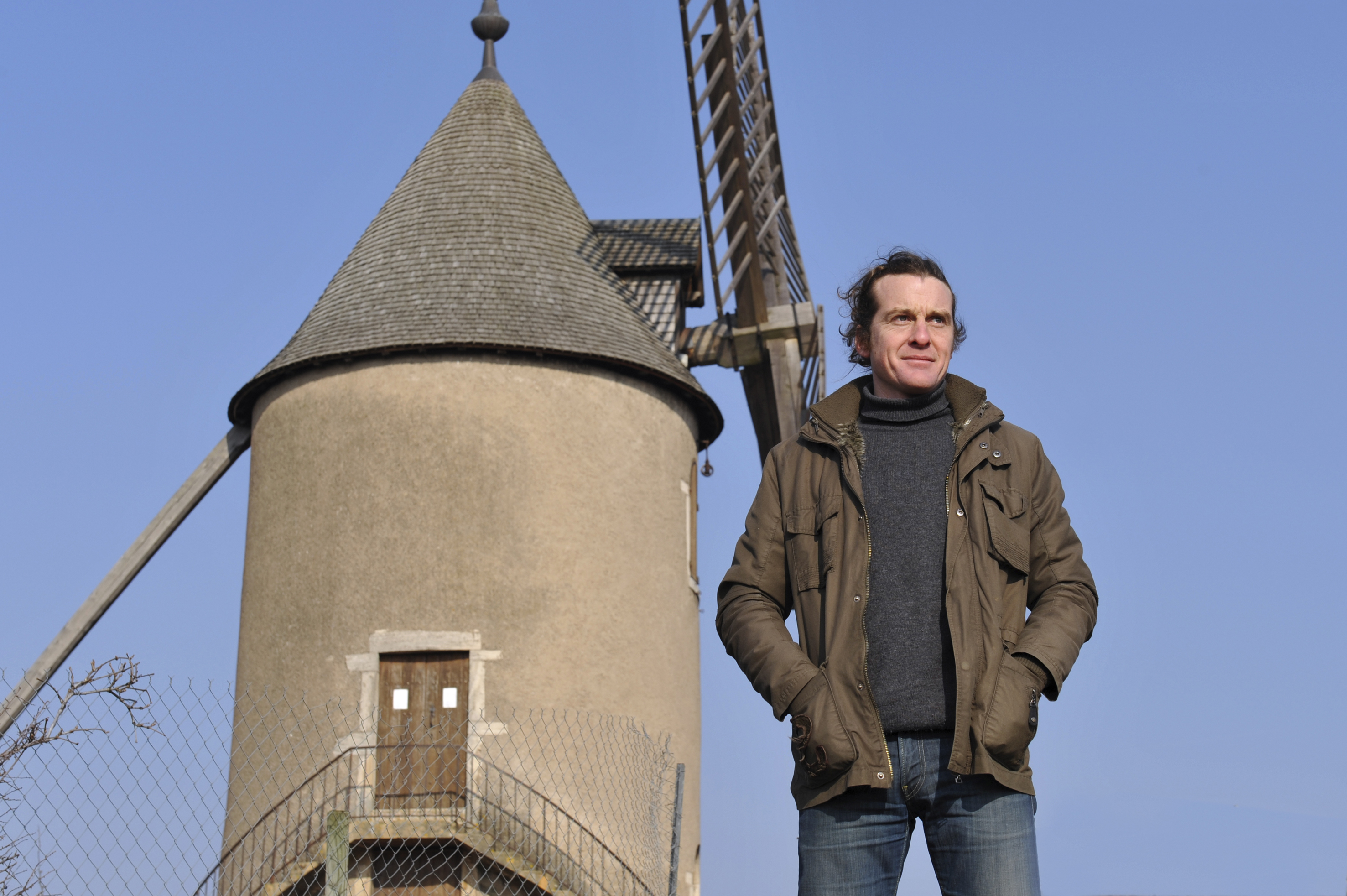Appellations/Regions |
Elden Selections

Until Beaujolais Nouveau arrived, it was much easier for Burgundy to consider Beaujolais as one of its own. Despite the fact that it has a completely different soil make-up, uses a totally different grape variety (Gamay), and is in reality not in Burgundy at all, Burgundians have always had a soft spot for Beaujolais. And we at Elden Selections agree.
Although administratively a part of Burgundy (located to its North), Beaujolais has a climate more akin to the Rhône region, which overlaps its southern flank. The Beaujolais winemakers produce their wines (98% of which are red) on land alongside the meandering Saône river. This region produces a large amount of wine per year – two and half times more than the rest of Burgundy, in fact. Red Beaujolais is broken down into four categories: the Beaujolais Cru, Beaujolais Supérieur, Beaujolais Villages and the notorious Beaujolais Nouveau (which accounts for over half of total production here). There is a white Beaujolais, but it, like Burgundy, is Chardonnay.
It is true to say that Beaujolais Nouveau has a chequered reputation and used to be seen as a somewhat lightweight wine, but great strides in quality have been made recently. Today the world’s top importer of Beaujolais wine is in fact Japan, where they indulge in Beaujolais baths which are claimed to rejuvenate skin. It is also enjoyed in large quantities in Germany and the United States.
From the north to the south of Beaujolais there are 10 Crus, all fed by the tributaries of the Saône, itself a tributary of the mighty Rhône. First there is Saint-Amour, then Juliénas, Chénas, Moulin-à-Vent, Fleurie, Chiroubles, Morgon, Régnié, Côte de Brouilly, and finally Brouilly.
Around 2,000 winegrowers inhabit the region, continuing their age-old traditions of hand-picking and vatting entire bunches of grapes and covering them with a layer of carbon dioxide. Indeed, this method – known as carbonic maceration – is one of the defining qualities in this region; the fermentation starts inside the skin of the grapes which then rupture and release fresh grapey fruit flavors.
As with all wine growing regions in France, we can trace the wine’s origin and identity back through time, to a cast of historical characters – in this case, Philip the Bold and latterly Philip the Good. These Dukes of Burgundy were certainly vocal when it came to wines. The two Philips had a particular dislike of the Gamay grape; Philip the Bold declared in 1395 that the ‘base and unfaithful Gamay’ should be kept south of Mâcon, and right he was – not that Gamay is base, but that it should be grown on the type of granite soils that start to appear just to the south of Mâcon. Planted there and nurtured in the warmer climes, Gamay produces a wine that is very complementary to the Burgundy style. In that sense the borders slip away and the similarities can truly be appreciated. The Duke believed the cultivation methods used in raising Gamay were damaging the reputation of Pinot Noir, though it was a highly controversial decision at the time.
Enforcement of his order did not reach Beaujolais in the far south of Burgundy, however, where pockets of the grape continued to grow. Then in 1459, Philip the Good renewed his grandfather’s decree, so that cultivation of Gamay in Burgundy remained banned. This remained the state of play until 1937 when Beaujolais attained a Protected Designation of Origin (PDO).
The strength of feeling, however, over what should be grown where, and how it should be classified, has matured and fermented over the intervening centuries and can still be felt occasionally, most notably in recent weeks when winemakers forced officials to shelve plans to ban a number of wines from calling themselves “Burgundy”. Many were also concerned that all Beaujolais wines would be allowed to use the prestigious Burgundy appellation. Matters were not helped by the 1937 geographical review of the Burgundy region that some say was not properly carried out and has clouded the picture in terms of who grows what and where. Recent developments seem more like a hiatus in proceedings whilst appeals are considered, rather than the end of the story.
But no internal discussions and debates will stop the Beaujolais wines from delighting and enthralling their millions of fans around the world. Every March 15th, the Beaujolais Crus are officially released (apart from Saint-Amour which occurs on the first day in February). Each Crus, of course, has its own personality which rewards drinkers in many and various ways – whether it be the elegance of Côte de Brouilly, the power of Morgon, or the earthiness of Juliénas. In the summer, the reds can be pleasingly chilled to provide refreshment on a hot day.
Beaujolais complements charcuterie and other cold meats very well, as well as white cheeses which are not too ripe – this makes it an excellent picnic wine. When using in food dishes, consider a traditional Oeufs En Meurette (Poached Eggs in Red Wine sauce) – the sauce requires fruit and a good acidity, making Beaujolais a perfect choice (though to drink with the dish, try a good round Chardonnay).
These family characteristics stem from the soil types and climates here. The finer and more delicate wines grow in soils standing on pink granite, limestone marl, crystal and less acidic diorite, whereas the stronger wines are born of granite soil, schist and alluvial clay.
Elden Selections have used their long-standing relationships with the best producers to offer three outstanding Beaujolais wines for your delectation; Paul-Henri Thillardon Chenas ‘Les Carrieres’ 2017; Richard Rottiers Beaujolais Villages 2018; and Richard Rottiers Beaujolais Cru Moulin à Vent 2018.
